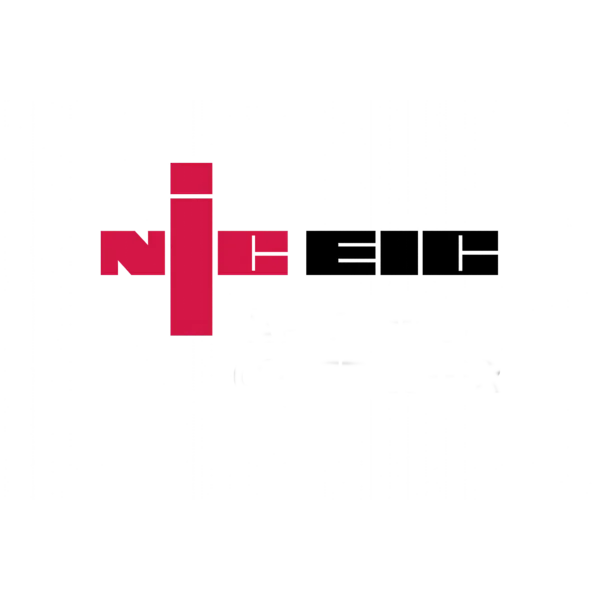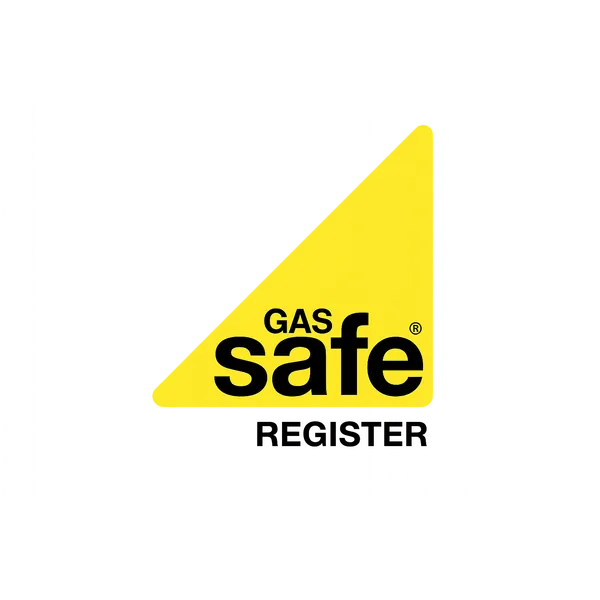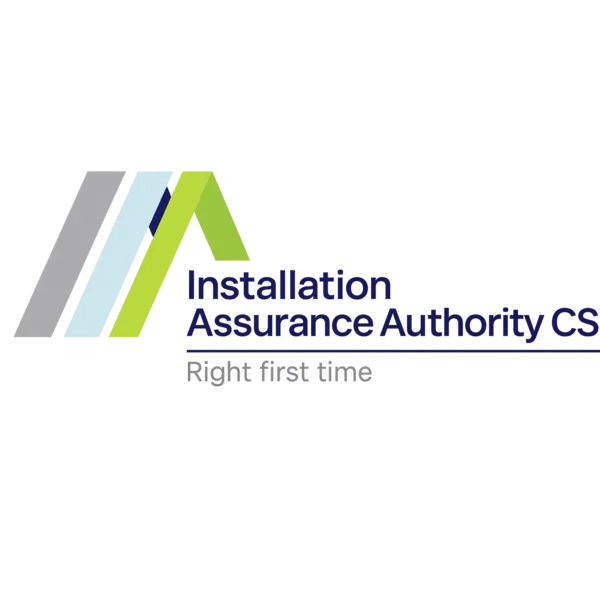Positive Input Ventilation (PIV): A Simple Solution for Whole-Home Air Quality
In an era where indoor air quality has become increasingly important for health and comfort, Positive Input Ventilation (PIV) systems have emerged as a remarkably effective solution for tackling common household issues like condensation, dampness, and stale air. Unlike traditional extract fans that simply remove air from specific rooms, PIV systems work by gently introducing fresh, filtered air into your home, creating a positive pressure environment that naturally pushes out stale, moisture-laden air.
Understanding PIV Technology: How It Works
Positive Input Ventilation operates on a simple yet brilliant principle. A central unit, typically installed in your loft space, draws in fresh air from outside, filters it to remove pollutants and allergens, then gently distributes it throughout your home. This continuous flow of fresh air creates positive pressure inside your property, which naturally forces stale, humid air out through natural ventilation points and gaps in the building fabric.
The system's operation is both subtle and continuous. Unlike extract fans that create noticeable noise and draughts when operating, PIV systems work quietly in the background, maintaining a constant supply of fresh air without creating uncomfortable conditions for occupants. Most modern PIV units include intelligent controls that adjust airflow based on external temperature and humidity levels, ensuring optimal performance year-round.
How PIV Differs from Traditional Extract Fans
Traditional extract fans and PIV systems serve fundamentally different purposes and operate on opposing principles. Extract fans work by creating negative pressure—they suck air out of specific rooms, typically bathrooms and kitchens. While effective at removing moisture and odours from localised areas, they don't address whole-home air quality and can sometimes draw in unfiltered air from other parts of the building.
PIV systems, in contrast, create positive pressure throughout the entire property. This comprehensive approach means:
- Whole-home coverage: Every room benefits from improved air quality
- Continuous operation: Works 24/7 without occupant intervention
- Filtration benefits: All incoming air passes through filters
- Energy efficiency: No heat loss associated with extract ventilation
- Reduced draughts: Gentle air movement rather than strong localised extraction
Installation Simplicity: Why PIV Systems Excel
One of the most compelling advantages of PIV systems is their straightforward installation process. Unlike complex mechanical ventilation systems that require extensive ductwork and multiple wall penetrations, most PIV installations can be completed within a single day by qualified technicians.
Typical Installation Process
- Loft unit placement: The main unit is mounted in the loft space
- Ductwork installation: A single duct runs from the unit to a central ceiling diffuser
- Power connection: Simple electrical connection to mains power
- Commissioning: System testing and airflow adjustment
This simplicity translates to minimal disruption for homeowners and lower installation costs compared to more complex ventilation solutions. The centralised nature of PIV systems means there's only one unit to maintain and service, further reducing long-term ownership costs.
Cost Considerations: Investment vs. Benefits
When evaluating PIV systems, it's important to consider both upfront costs and long-term benefits. Typical installation costs range from £800 to £1,500 depending on property size and specific requirements. While this represents a significant investment, the benefits often justify the expenditure:
Direct Cost Savings
- Reduced heating costs: By managing humidity effectively, PIV systems can allow lower thermostat settings while maintaining comfort
- Prevention of structural damage: Eliminating condensation prevents costly repairs to plaster, timber, and decorations
- Lower maintenance: Simple design means fewer components to maintain or replace
Health and Comfort Benefits
- Improved respiratory health: Reduced allergens and pollutants benefit asthma and allergy sufferers
- Enhanced comfort: Elimination of dampness and musty odours
- Better sleep quality: Improved air quality contributes to more restful sleep
Effectiveness Against Condensation and Dampness
Condensation represents one of the most common and persistent problems in UK homes, particularly in properties with modern insulation and airtight construction. PIV systems excel at combating condensation through several mechanisms:
Humidity Control
By continuously introducing drier external air and creating positive pressure, PIV systems effectively reduce indoor humidity levels. This prevents the conditions that lead to condensation forming on cold surfaces like windows, walls, and behind furniture.
Air Movement
The gentle air movement created by PIV systems helps prevent stagnant air pockets where moisture can accumulate. This is particularly beneficial in problem areas like corners, behind wardrobes, and in poorly ventilated spaces.
Temperature Regulation
Many modern PIV systems include pre-heating capabilities that gently warm incoming air during colder months. This prevents cold draughts while still providing the ventilation needed to control humidity.
When CRG Direct Recommends PIV Systems
Based on our extensive experience with ventilation solutions across various property types, CRG Direct typically recommends PIV systems in the following scenarios:
Ideal Candidates for PIV Installation
- Properties with persistent condensation: Homes experiencing regular window condensation, damp patches, or mould growth
- Modern airtight constructions: New builds and recently renovated properties with excellent insulation but poor natural ventilation
- Households with respiratory issues: Families with asthma sufferers or allergy concerns
- Properties with storage heating: Homes where opening windows for ventilation would compromise heating efficiency
- Rental properties: Landlords seeking effective, low-maintenance solutions for tenant comfort and property protection
Situations Where Alternatives Might Be Preferable
While PIV systems offer excellent benefits for most properties, there are specific situations where other ventilation solutions might be more appropriate:
- Properties with specific moisture sources: Kitchens and bathrooms might benefit from additional local extract ventilation
- Historic buildings: Listed properties or those with particular conservation requirements
- Extremely humid environments: Properties with specific high-humidity challenges might require dedicated dehumidification
Making the Right Choice for Your Property
Choosing the right ventilation solution requires careful consideration of your specific property characteristics, occupancy patterns, and local environmental conditions. At CRG Direct, we recommend professional assessment to determine whether PIV represents the optimal solution for your needs.
Key factors we consider during assessment include:
- Property size and layout
- Existing ventilation provisions
- Occupant numbers and lifestyle patterns
- Local climate and exposure
- Building construction and insulation levels
- Specific air quality concerns
The Future of Home Ventilation
As building standards continue to evolve toward greater energy efficiency and airtightness, the importance of effective mechanical ventilation solutions like PIV will only increase. Modern PIV systems are becoming increasingly sophisticated, with smart controls, energy recovery features, and integration with home automation systems.
The trend toward healthier indoor environments and sustainable living makes PIV technology particularly relevant for today's homeowners. By addressing air quality, humidity control, and energy efficiency in a single integrated solution, PIV systems represent a smart investment in both property protection and occupant wellbeing.
Take the Next Step Towards Better Air Quality
If you're experiencing condensation, dampness, or poor air quality in your home, a PIV system could provide the comprehensive solution you need. At CRG Direct, we specialise in assessing properties and recommending the most effective ventilation strategies for each unique situation.
Our team of qualified technicians can provide:
- Free, no-obligation property assessments
- Detailed quotations with transparent pricing
- Professional installation by experienced engineers
- Ongoing maintenance and support services
Don't let poor air quality compromise your comfort and health. Contact CRG Direct today to schedule your free ventilation assessment and discover how Positive Input Ventilation can transform your living environment.















